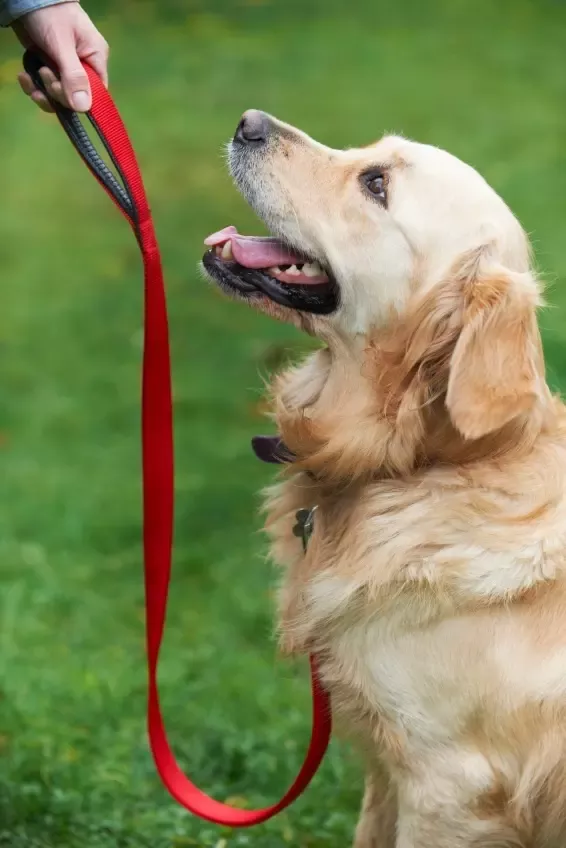Introduction: The Importance of Leash Training for Older Dogs
Leash training is a fundamental aspect of responsible dog ownership, providing both safety and control when venturing outdoors. While the common belief is that you can’t teach an old dog new tricks, leash training for older dogs is not only possible but also beneficial. In this comprehensive guide, we will explore the techniques and strategies for successfully mastering leash training for older canine companions.
Understanding the Challenges of Leash Training Older Dogs
Older dogs may present unique challenges when it comes to leash training. They may have developed certain habits or behaviors over the years that require patience and consistency to overcome. Additionally, older dogs may have physical limitations or health issues that need to be taken into consideration during the training process. Understanding these challenges is essential for developing an effective leash training plan tailored to the individual needs of your senior dog.
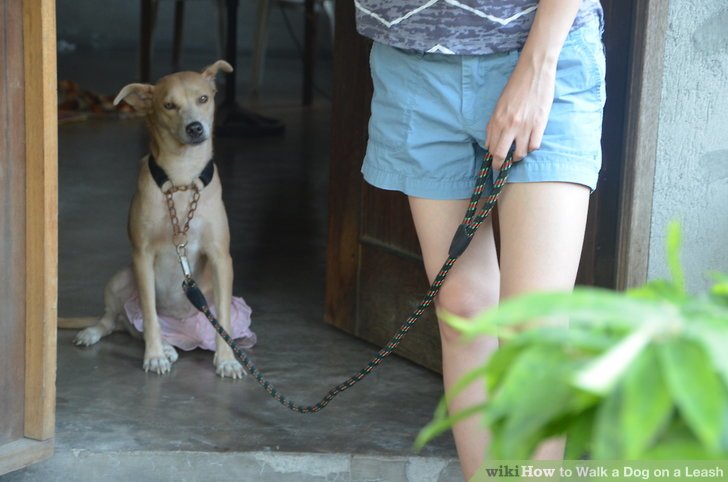
Building Trust and Bonding
Before embarking on leash training, it’s crucial to build trust and strengthen the bond between you and your older dog. Spend quality time together engaging in activities your dog enjoys, such as gentle walks in a familiar environment or relaxing grooming sessions. Positive reinforcement techniques, such as praise, treats, and affection, can help reinforce desired behaviors and foster a sense of trust and cooperation between you and your canine companion.
Choosing the Right Equipment
Selecting the appropriate equipment is key to successful leash training for older dogs. Opt for a well-fitting harness or collar that provides comfort and support without restricting movement. Avoid using choke chains or prong collars, as these can cause discomfort or injury, especially in older dogs with sensitive necks or tracheal issues. Additionally, choose a sturdy, retractable leash of appropriate length that allows your dog freedom of movement while maintaining control.

Introducing the Leash Gradually
For older dogs who may not be accustomed to leash walking, introduce the leash gradually in a positive and non-threatening manner. Start indoors or in a familiar outdoor space with minimal distractions, allowing your dog to become comfortable wearing the harness or collar and feeling the weight of the leash. Use treats and praise to reinforce calm behavior and encourage your dog to associate the leash with positive experiences.
Practicing Loose Leash Walking
Teaching older dogs to walk politely on a loose leash requires patience and consistency. Begin by practicing loose leash walking in a quiet, low-stimulation environment, using gentle guidance and redirection to encourage your dog to stay by your side. Reward desired behaviors, such as walking without pulling or lunging, with treats and praise, gradually increasing the duration and distance of walks as your dog becomes more proficient.
Addressing Behavioral Challenges
Older dogs may exhibit behavioral challenges such as pulling, lunging, or leash reactivity, which can impede the leash training process. Identify the underlying causes of these behaviors, such as fear, anxiety, or overstimulation, and address them with positive reinforcement techniques and desensitization exercises. Consult with a professional dog trainer or behaviorist for guidance and support in managing and modifying problematic behaviors effectively.
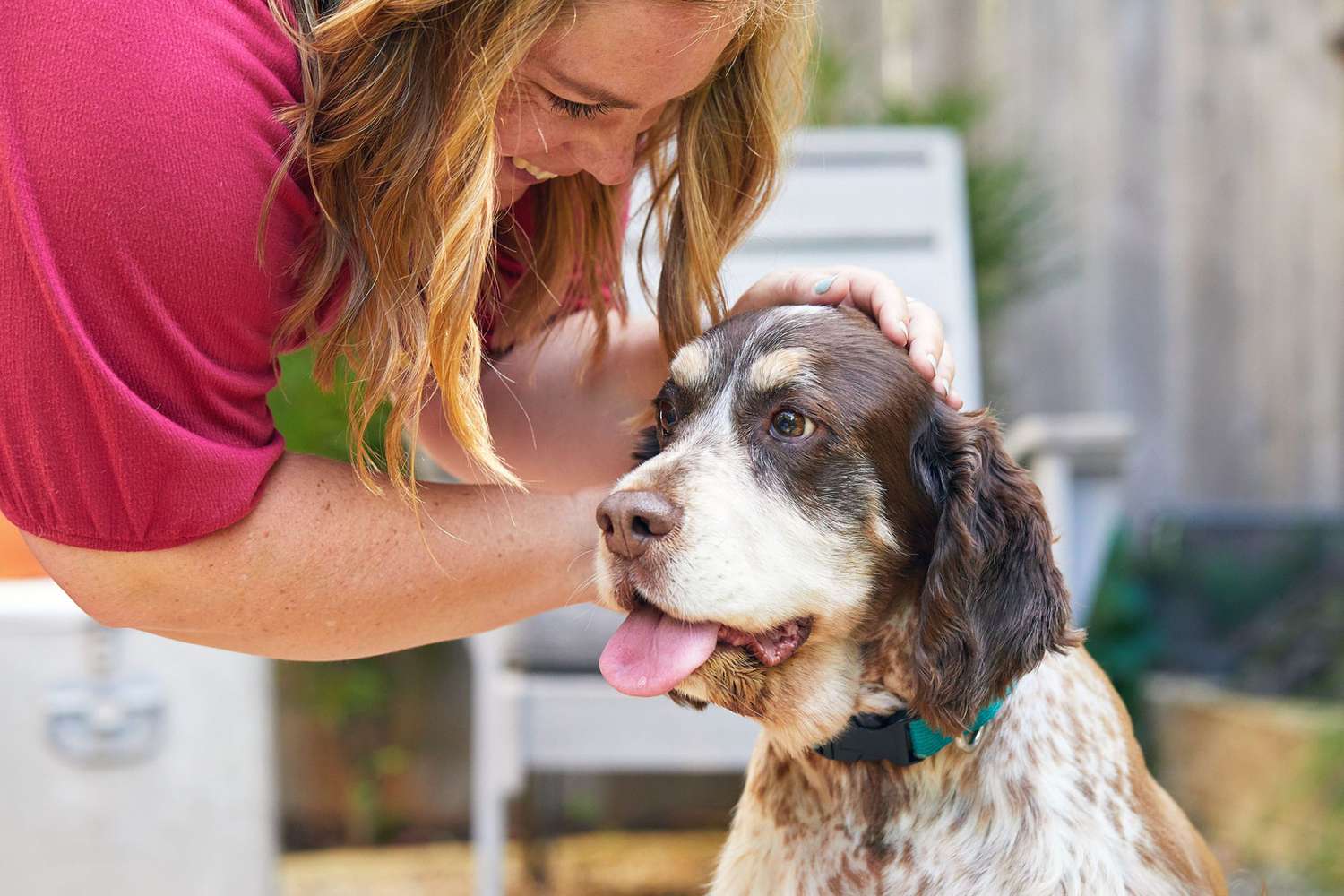
Managing Physical Limitations
Older dogs may experience physical limitations such as arthritis, joint pain, or mobility issues that require special considerations during leash training. Choose gentle walking routes with soft surfaces and minimal inclines to reduce strain on your dog’s joints and muscles. Allow for frequent rest breaks and avoid prolonged or strenuous exercise sessions, adjusting the intensity and duration of walks based on your dog’s comfort level and physical condition.
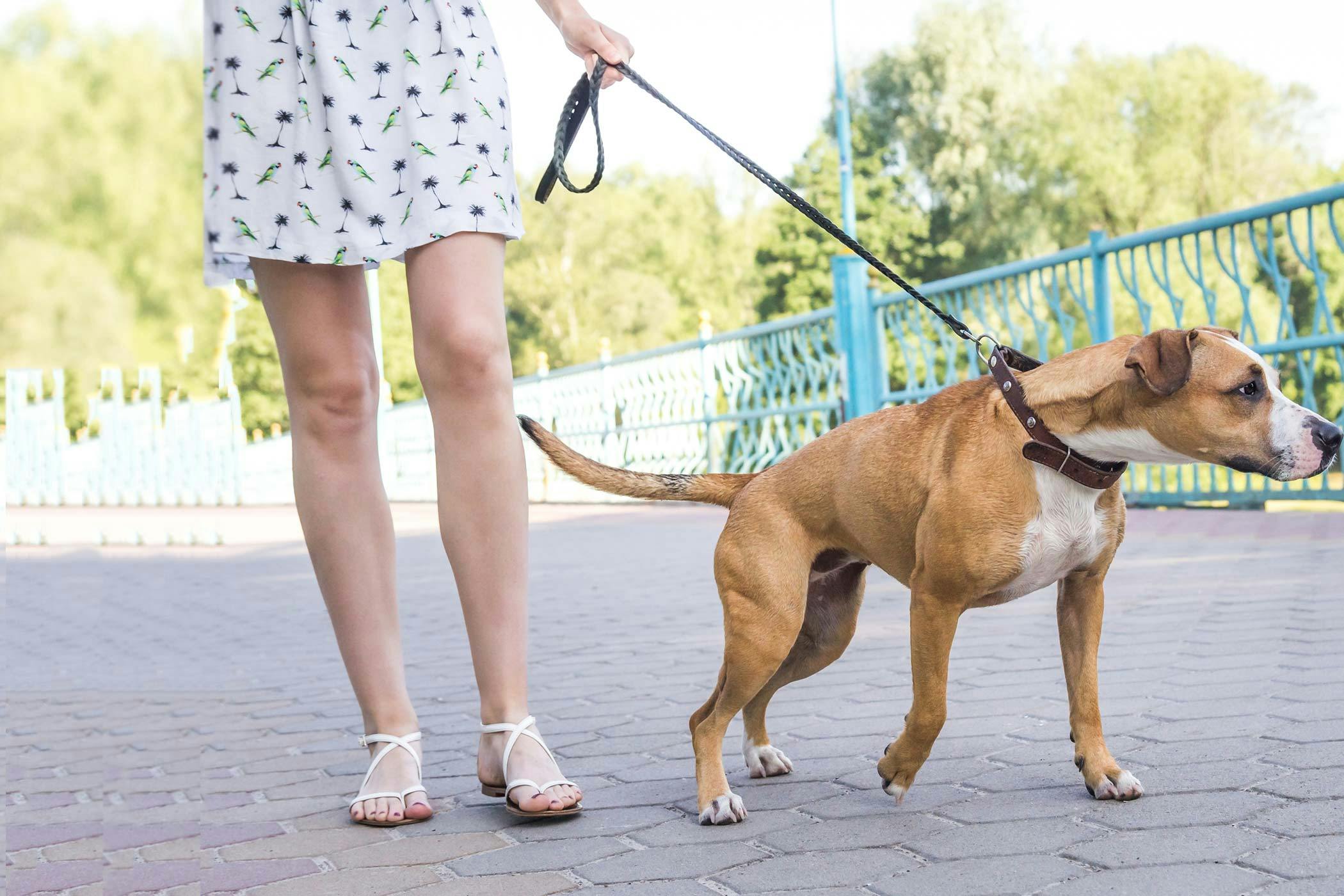
Consistency and Patience
Consistency and patience are key to mastering leash training for older dogs. Establish a regular training routine and stick to it, practicing leash walking skills daily in short, manageable sessions. Be patient and understanding of your dog’s individual pace and progress, celebrating small victories and remaining positive and encouraging throughout the training process. With time, dedication, and perseverance, even older dogs can learn new leash walking skills and enjoy safe and enjoyable outdoor adventures with their human companions.
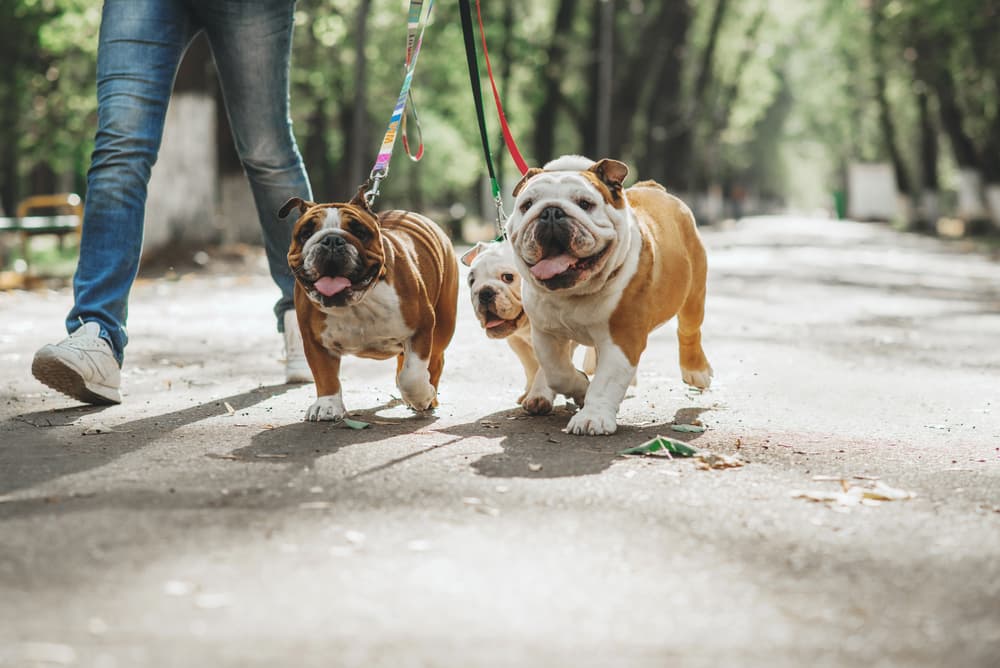
Safety Considerations
When leash training older dogs, it’s essential to prioritize safety at all times. Be mindful of your surroundings and avoid walking in areas with potential hazards such as busy roads, crowded spaces, or off-leash dog parks. Keep a close eye on your dog’s body language and behavior, intervening promptly if they show signs of discomfort, distress, or aggression. Additionally, ensure that your dog’s identification tags and microchip information are up to date in case they become separated from you during walks.
Socialization Opportunities
While leash training focuses primarily on teaching walking skills, it also presents valuable opportunities for socialization, especially for older dogs who may have limited exposure to new people, animals, or environments. Encourage positive interactions with friendly dogs and people during walks, using treats and praise to reinforce calm and sociable behavior. Gradually expose your dog to different sights, sounds, and smells, helping them feel more comfortable and confident in various situations.
Tailoring Training Methods
Every dog is unique, and what works for one older dog may not necessarily work for another. Tailor your training methods to suit your dog’s individual temperament, personality, and learning style. Some older dogs may respond well to food rewards and praise, while others may prefer toys or play as incentives. Experiment with different training techniques and approaches to find what resonates best with your dog, adapting your strategies as needed to support their progress and success.
Incorporating Mental Stimulation
In addition to physical exercise, older dogs benefit from mental stimulation during leash training sessions. Incorporate activities that engage their minds and challenge their cognitive abilities, such as obedience commands, scent games, or puzzle toys. These mental exercises not only provide enrichment and entertainment but also help maintain cognitive function and prevent boredom in older dogs, enhancing their overall well-being and quality of life.
Conclusion: Embracing the Journey
In conclusion, leash training for older dogs is a rewarding journey that requires understanding, patience, and compassion. By building trust, choosing the right equipment, introducing the leash gradually, and addressing behavioral and physical challenges with care and consideration, you can help your senior dog master the art of leash walking and enjoy newfound freedom and confidence in the great outdoors. With love, guidance, and a willingness to learn together, you and your older dog can embark on countless adventures, forging an unbreakable bond that transcends age and circumstance.






